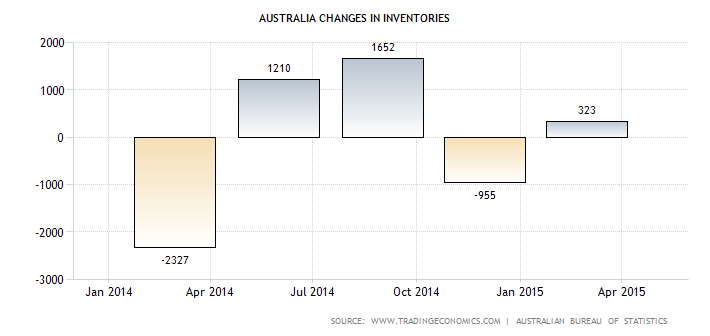The Australian Dollar has found adversity as the domestic economy faces a significant rout in the price of commodities. However, according to the statements released by the RBA, the weaker AUD is supporting the transition away from mining investment.
The release of the central banks latest monetary policy committee minutes seems to have confirmed what many had suspected, that further accommodative monetary policy is likely on its way. It is clear from some recent data points that economic activity has ticked up slightly in recent months; however, much of the increase is likely down to the lower AUD acting as a stimulus upon exports.
The transition towards non-mining related industries is a welcome development for the ailing economy but the process is likely to be gradual and still fraught with risk. It would appear that part of the RBA’s plan is an expectation that the U.S Fed’s rate rise will depreciate the AUD without the need to alter their interest rate regime.
This is highly likely to be the reason that RBA Governor, Glenn Stevens, has recently been seen to jawbone over the need for immediate action. However, the odds of a U.S. rate rise might have reduced in recent days considering China’s recent yuan devaluation. Subsequently, a delay to the Fed raising interest rates could see the Australian central bank forced into decisive action.
Regardless of when an interest rate increase occurs in the U.S, Australia still faces the overall problem of their GDP diversity. Even in the post mining boom phase, investment rates and business confidence is lagging. Although business sentiment has increased of late, capital expenditure has been relatively subdued across a range of sectors.

In fact, businesses across the board are planning to cut investment over the next 12 months by the largest amount ever on record. It would appear that business sentiment is bearish at best and at worst may point to expectations of a recession. Wage growth has also been lack lustre as it touches upon levels not seen since the depths of the recession of the early 1990’s. Subsequently, it is in question as to whether the economic transition is occurring fast enough to stave off a contraction.
There remains, significant downside risks to the Australian economy as business investment and wage growth lag well behind what is needed for a recovery. Regardless, the ongoing structural change within the economy is likely to take a significant period of time and currency depreciations alone shouldn’t be solely relied upon as the major form of stimulus.
The Australian economy clearly faces future head winds but so does the RBA’s monetary policy…so let’s hope that their depreciation strategy works and doesn’t leave us looking at the remnants of a failed policy.
